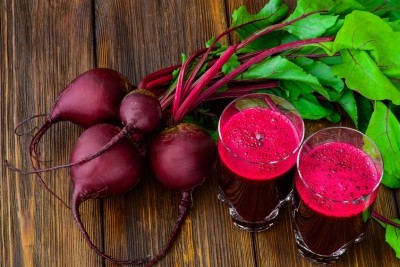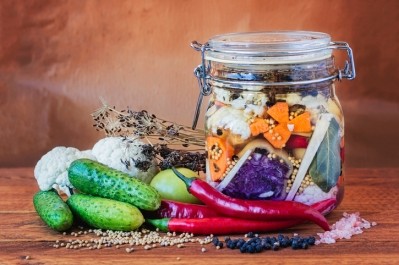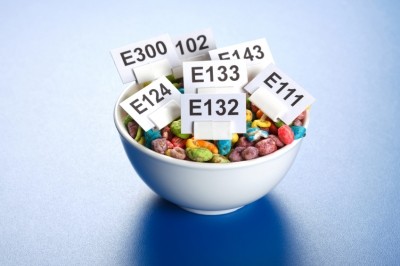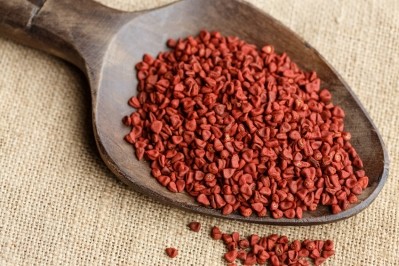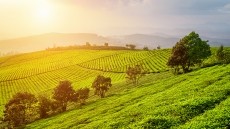Demand for ‘natural’ drives Europe’s food colouring growth
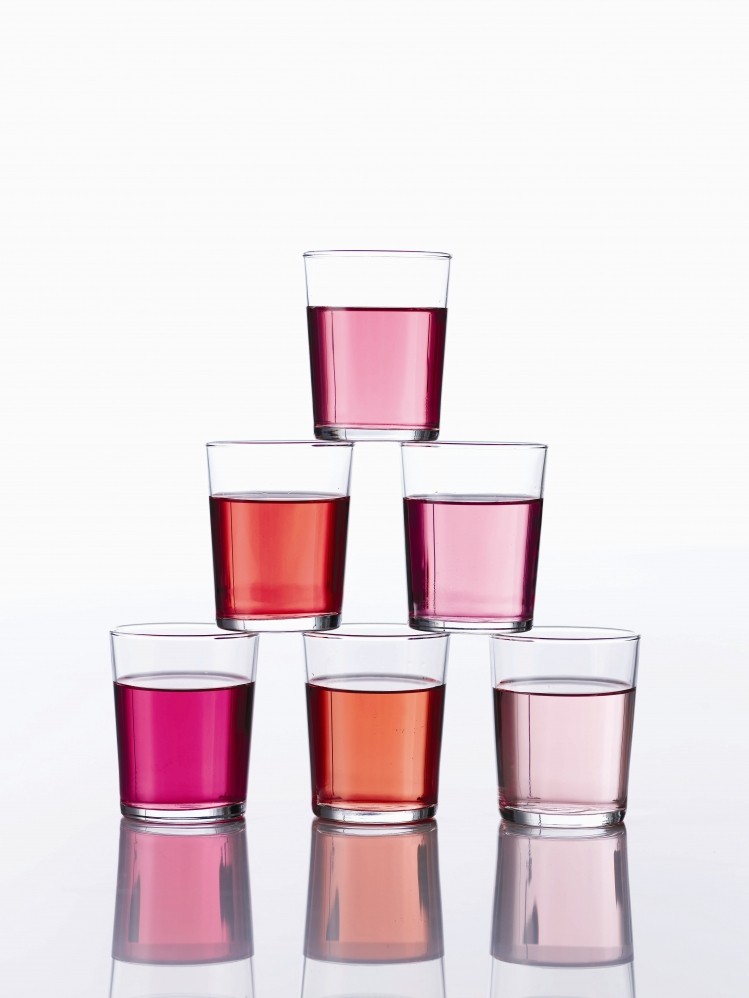
The Western European natural colouring market, which was worth US$306m in 2014, will grow 6.4% CAGR to USD445.7m (€423.26m) 2020, boosted by favourable government policies, it said.
“Food technology advancement, favourable food laws, and increased awareness about natural food colours among consumers are driving the market,” said Megha Dodke, author and consultant for Food and Beverages at the company.
“Moreover, growing demand for clean label products and focused research will further fuel the growth.”
However, ever-changing government norms, price volatility of raw materials, and instability of colours at various pH levels, temperatures and light intensities, will pose a challenge to its growth in the near future.
Facing other challenges
Euromonitor International analyst, John George added that though the European natural colour market is maturing, it is likely to face several other challenges in future. “While growth is likely to continue in the short term, it will be at a much slower rate. New research is likely to be required to facilitate incorporation of natural colours into the products which still use synthetic colours.”
Another issue was EU legislation that requires natural colour extracts to have an E-number when listed on product packaging. “Since consumers tend to associate E-numbers with artificial or chemically enhanced products, this is a negative reflection on natural colours. This problem is further compounded by the trend towards cleaner labels which aims to cut the number of additives on product labels and has seen the rise of colouring foodstuffs as an alternative to natural colours,” he added.
Europe vs the world
Western Europe is a mature market in terms of adoption level of clean label products and represents the largest market share in the global natural food colours market, said the present report.
However, the European natural food colours market is expected to lose its revenue market share by 50 BPS to North America by 2020.
“This declination in revenue share is due to ever-changing government norms. Nevertheless, Europe is expected to remain the largest market in the natural food colours market by 2020, followed by North America.”
“…Europe, North America, and Asia Pacific excluding Japan collectively displayed 76% of the opportunity in the global natural food colours market in 2014,” the report added.
Problems with colours
"In recent times, suppliers have looked to find an alternative to carmine, a natural colour obtained by crushing cochineal insects. Carmine produces a vibrant red colour and is stable for use in a range of applications; however the way it is derived can be off-putting to consumers, meaning an alternative is required,” added George at Euromonitor.
There has been extensive research carried out by several companies to find an alternative, however to date no company has identified a substitute which can match all the properties of carmine, he said.
Meanwhile, the report added that the industry is also still struggling to produce the colours green and blue. “They can be retrieved though spirulina, but the colour green especially, is not stable under various applications and is still waiting on government clearance. Once these colours are produced, the empty colour spaces in the rainbow will be complete,” said Dodke.
Anthocyanin and betalain pigments are mostly used for producing red, purple, pink and blue colours and the demand for anthocyanin in Europe is expected to stimulate the demand over the next five years. At the same time, this is expected to decelerate the growth of the dairy and confectionery applications over the forecast period as carmine is widely used in these sectors.
“Moreover, the growing demand for fine powdered colours due to easy formulations in powdered food categories, dry mix beverages, compressed confectioneries, and sweets is anticipated to bolster the growth of natural food colours market between 2014 and 2020,” said the report.
“Europe has the highest amount of innovation in the natural food colourings. It is a global trend setter,” added Dodke.
Mergers and acquisitions
Key focus of the major participants in the European natural food colours market was also on mergers and acquisitions.
FMC Corporation, recently acquired Phytone Ltd., a UK-based natural colour manufacturer to strengthen its presence in the market. While Sensient Technologies Corporation continued to introduce stable broad-spectrum natural colours/pigments by expanding its production and distribution facilities in the region, it said.
